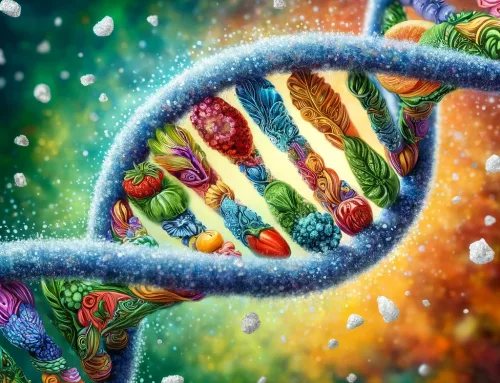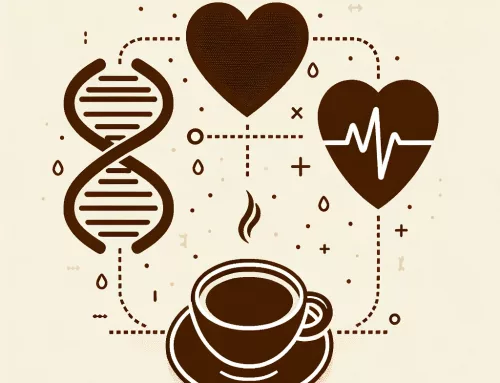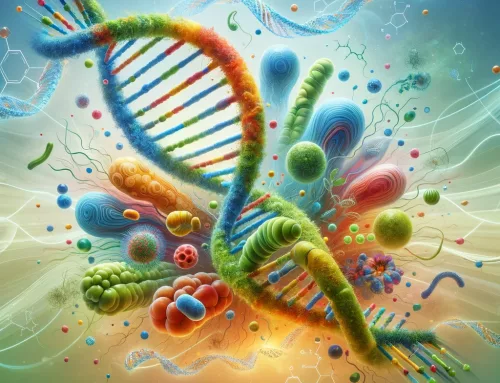Introduction:
Personalised nutrition is increasingly recognised as important in achieving and maintaining healthier eating habits and better health outcomes. A significant factor in this approach is the influence of taste preferences, which are significantly shaped by genetic variations in taste receptor genes. In this post we will explore how our genetic makeup can influence our perception of tastes like salty, fat and bitter, and consequently, our dietary choices.
The Genetic Underpinnings of Taste:
Taste sensitivity, driver of food preference, is a trait influenced by genetics. The discovery of a potential sixth taste, “oleogustus” or fat taste, alongside the traditional five (sweet, sour, bitter, salty, and umami), has expanded our understanding of taste perception. Genetic variations, such as those in the TAS2R38 gene for bitter taste, the CD36 gene for fat taste, or TRPV1 for salty taste are important determinants in how we experience these.
Research has highlighted a link between bitter and fat taste sensitivities. Genetic predispositions can lead to heightened or reduced sensitivity to these tastes, influencing dietary choices. For example, individuals with a specific TAS2R38 genotype are more sensitive to bitter tastes and may naturally avoid bitter foods like certain vegetables, impacting their nutrient intake. Understanding one’s genetic predisposition to taste can impact dietary choices and health. Those with certain CD36 or TAS2R38 gene variants, for example, have a reduced sensitivity to bitter and fat tastes, potentially leading to higher consumption of fatty foods without realising it. This knowledge can be very important for individuals struggling with weight management or cardiovascular health.
Similarly, genetic variations in salt taste receptors such as SCNN1B and TRPV1 can influence salt preference. Individuals with certain genotypes may have a higher preference for salty foods, which can lead to higher sodium intake, a risk factor for hypertension and other health issues.
Implementing Personalised Nutrition Strategies:
Incorporating genetic taste sensitivity into nutritional counselling may lead to more effective, personalised dietary advice. For instance, a person with a genetic inclination towards higher bitter taste sensitivity might be encouraged to try different cooking methods to make bitter vegetables more palatable, such as roasting or blending them into smoothies. Similarly, individuals less sensitive to fat might benefit from guidance on incorporating healthy fats into their diet in moderation, focusing on sources like avocados, nuts, and olive oil.
People with lower sensitivity to the taste of salt might unknowingly consume more than the recommended amount. This can increase their risk of health problems like hypertension. The key strategy is educating them about the risks associated with high sodium intake and how to identify hidden sodium in processed foods by reading labels carefully. They would also be encouraged to enhance the flavour of their meals using herbs, spices, and citrus instead of relying on salt. Mindful eating practices can help become more attuned to the taste of food, potentially improving perception of saltiness.
Conclusion:
The intersection of genetics and taste is a very important factor in personalised nutrition. By considering individual genetic predispositions towards different tastes, nutritionists can offer more tailored dietary advice. This personalised approach not only caters to individual preferences but also paves the way for healthier eating habits, potentially mitigating various health risks.









Leave A Comment